Ever rummaged through Grandma’s kitchen and found odd gadgets collecting dust? Before you toss those old rolling pins or butter churns, you might want to check their value. Some of these vintage kitchen tools are fetching hundreds of dollars from eager collectors who crave a slice of the past. From cast iron skillets that outlast modern pans to colorful Pyrex bowls sparking bidding wars, these hidden gems could be quietly waiting in your cabinets. Discover which tools are worth more than you think and why collectors are hunting them down before they disappear from thrift shops forever.
1. Cast Iron Skillets with History
Those heavy black pans with decades of seasoning might be worth their weight in gold! Collectors go wild for pre-1960 skillets from Griswold and Wagner Ware, especially those with clear markings and sitting flat without wobbling.
A perfectly preserved Griswold #13 skillet from the early 1900s recently sold for over $1,000. The secret to their value lies in their superior craftsmanship—these pans were milled to a smooth finish unlike today’s rougher versions.
Look for skillets with heat rings on the bottom, distinctive logos, and unusual sizes (like #13) which command premium prices from serious collectors.
2. Colorful Pyrex Mixing Bowls
Remember those brightly colored nesting bowls Grandma used for everything? Vintage Pyrex patterns like ‘Butterprint’ (turquoise with white farm motifs) or ‘Pink Gooseberry’ can fetch hundreds for complete sets in good condition.
The most valuable pieces were produced between 1945 and 1970, with rare promotional items commanding the highest prices. One ‘Lucky in Love’ pattern casserole dish with hearts and clovers recently sold for $4,000!
Collectors value pieces without scratches, fading, or dishwasher damage. Those vibrant colors weren’t just pretty—they were designed to bring post-war cheer to American kitchens.
3. Hand-Crank Egg Beaters
Long before electric mixers dominated kitchens, these manual marvels whipped cream and eggs with nothing but elbow grease. The most valuable models feature wooden handles, brass gears, and brand names like Dover or A&J.
What makes these simple tools valuable isn’t just age but condition—working mechanisms and original paint can triple the price. Some rare models with glass bowls attached or unique gear systems can sell for $200-300.
Beyond their monetary value, these beaters represent kitchen ingenuity before electricity. Many collectors display them proudly as functional art pieces that celebrate domestic history.
4. Wooden Butter Churns
That decorative wooden barrel with a stick through the lid? It might be a valuable antique butter churn worth hundreds to the right buyer. The most desirable churns come from the 19th century, featuring hand-painted details or manufacturer marks like ‘Dazey’ or ‘Standard.’
Glass-topped models that let users see the butter forming are particularly prized. Small tabletop versions in original condition can easily fetch $200-300, while larger floor models might sell for $500+.
Beyond their collectible value, these churns tell the story of home dairy production before refrigeration. The satisfying rhythm of the plunger moving up and down connected generations of families to their food.
5. Depression Glass Treasures
Those translucent pink, green, or amber dishes Grandma used for special occasions? They’re Depression glass—affordable colored glassware that brought joy during America’s darkest economic times.
Rare patterns like ‘Cameo’ or ‘Mayfair’ command premium prices, especially complete sets or unusual pieces like butter dishes with lids. The American Sweetheart pattern in pink can fetch over $100 for a single dinner plate in perfect condition!
Produced primarily in the 1920s-1940s, these mass-manufactured pieces were often given away as promotional items at movie theaters or packed in food products. Their surprising durability means many pieces have survived nearly a century of use.
6. Cast Iron Meat Grinders
That heavy contraption with a crank handle gathering dust might be worth serious money! Vintage meat grinders from companies like Enterprise, Griswold, or Universal are highly collectible, especially those with original paint and all cutting plates intact.
The most valuable models feature decorative floral or geometric patterns cast into the metal. A complete #12 Enterprise grinder (the largest household size) in excellent condition can command $200-300 from serious collectors.
Beyond grinding meat, these versatile tools were used for everything from making sausage to grinding nuts and vegetables. Their indestructible construction means many are still perfectly functional after a century of use.
7. Vintage Coffee Percolators
Before fancy espresso machines, these stovetop coffee makers were morning essentials. Vintage percolators from the 1930s-1950s by Wear-Ever, Revere Ware, or Guardian Service command surprising prices—especially aluminum models with glass tops that let you watch the brewing process.
The most valuable percolators feature Art Deco styling, bakelite handles, or unusual shapes. A pristine West Bend Flavo-Matic from the 1950s recently sold for $175!
Many collectors appreciate these for both display and use. The percolator’s distinctive bubbling sound and aroma-filled brewing process created morning rituals for generations, making them nostalgic treasures beyond their monetary value.
8. Hand-Cranked Cheese Graters
Grandma’s rotary cheese grater might look quaint, but collectors are willing to pay hundreds for rare models. The most valuable versions come from the early 1900s and feature wooden handles, multiple grating drums, and brand names like Mouli, Saladmaster, or Androck.
What makes these simple tools so desirable? Their ingenious design solved a kitchen problem (grating cheese quickly without scraped knuckles) decades before electric food processors existed.
The most valuable models include original boxes and all attachments. A complete Mouli grater with four drums and instruction booklet can sell for $150-200 to the right buyer—especially since many were discarded when electric appliances became commonplace.
9. Heirloom Rolling Pins
That heavy glass or intricately carved wooden rolling pin hanging in Grandma’s kitchen could roll in serious dough! Collectors prize unusual materials and mechanisms, with blue glass rolling pins from the Victorian era commanding $200+ in good condition.
The most valuable wooden pins feature hand-carved designs, unusual woods like olivewood, or built-in mechanics like spring-loaded handles. Some were created as sailor’s valentines—glass pins filled with colored sand as romantic gifts from seafaring men to their sweethearts.
Beyond their practical use, these kitchen tools often carry family history. Many rolling pins were traditional wedding gifts, passed down through generations along with cherished pastry recipes.
10. Mid-Century Bread Boxes
Those colorful metal containers with sliding doors or flip-top lids aren’t just charming—they’re highly collectible! Mid-century bread boxes from the 1950s-1960s in pristine condition can fetch $150-300, especially those in rare colors or with original graphics.
Brands like Ransburg, Lincoln BeautyWare, and Kromex produced the most sought-after designs. The most valuable feature bright turquoise, pink, or yellow finishes with minimal rust or paint loss.
What makes these everyday items so desirable? They perfectly capture mid-century kitchen aesthetics when bold colors and space-age designs transformed American homes. Many collectors use them as statement pieces in retro kitchen displays rather than hiding them away.
11. Elegant Glass Juicers
Those heavy glass citrus juicers with ridged reamer tops and pouring spouts are juicing up auction prices! Vintage juicers from the 1930s-1940s by companies like Hazel Atlas or Federal Glass can sell for $75-150 depending on color and condition.
The most valuable feature unusual colors like cobalt blue, ruby red, or jadeite green. Depression-era juicers were often designed with beautiful details despite being everyday items—proof that practical objects could still bring beauty into homes during difficult times.
Beyond their monetary value, these juicers represent morning rituals before electric appliances and store-bought juice became commonplace. Their simple, effective design has never been improved upon in over a century.
12. Decorative Flour Sifters
Those charming metal cylinders with hand-crank mechanisms might be worth more than just nostalgic value! Vintage flour sifters from the 1930s-1950s with original paint, decals, or advertising logos can sell for $50-150 to the right collector.
The most valuable feature unusual colors, complete sets of measuring sifters, or brand names like Androck or Bromwell. Rare promotional sifters advertising flour companies like Gold Medal or Pillsbury command premium prices.
Many collectors appreciate these humble tools as symbols of home baking traditions. The rhythmic sound of the crank and shower of flour represents generations of family recipes and kitchen wisdom passed from mother to daughter.
13. Pastel Tupperware Collections
Remember those pastel plastic containers that burped when sealed? Early Tupperware from the 1950s-1960s has become surprisingly valuable, with complete sets of nesting Wonderlier bowls in original colors fetching $100-200.
The most collectible pieces come in frosted pastel colors like pink, turquoise, and yellow that are no longer produced. Rare promotional items or complete picnic sets with carrying cases can command even higher prices from serious collectors.
What makes plastic containers valuable? They represent the post-war revolution in food storage and suburban entertaining. Many pieces remain perfectly functional decades later—testament to their innovative design and quality construction that made Tupperware a household name.
14. Glowing Jadeite Kitchenware
That milky green glassware tucked in Grandma’s cabinet? It’s jadeite—one of today’s hottest kitchen collectibles! Made popular by Martha Stewart in the 1990s, authentic Fire-King jadeite from the 1940s-1950s commands impressive prices.
Restaurant-ware pieces like heavy coffee mugs with handle-D shapes can sell for $40-60 each. Rarer items like mixing bowl sets, cake stands, or range sets (salt, pepper, grease jar) can fetch hundreds of dollars in perfect condition.
The distinctive color wasn’t just decorative—the opaque glass helped hide food stains while brightening kitchens. Originally affordable everyday items, jadeite’s durability means many pieces have survived to become treasured collectibles.
15. Handwritten Recipe Collections
That unassuming box of handwritten recipe cards might be the most valuable kitchen treasure of all! Beyond sentimental worth, vintage recipe collections—especially those in decorative boxes from the 1930s-1950s—have become sought-after collectibles.
Complete sets with original boxes, dividers, and handwritten family recipes can sell for $100-200 to collectors who value culinary history. The most desirable feature colorful metal boxes with sliding lids or flip-tops in retro designs.
These collections preserve more than just recipes—they document family traditions, regional cooking styles, and ingredients available in different eras. Many collectors frame particularly beautiful or historically significant recipe cards as kitchen art.
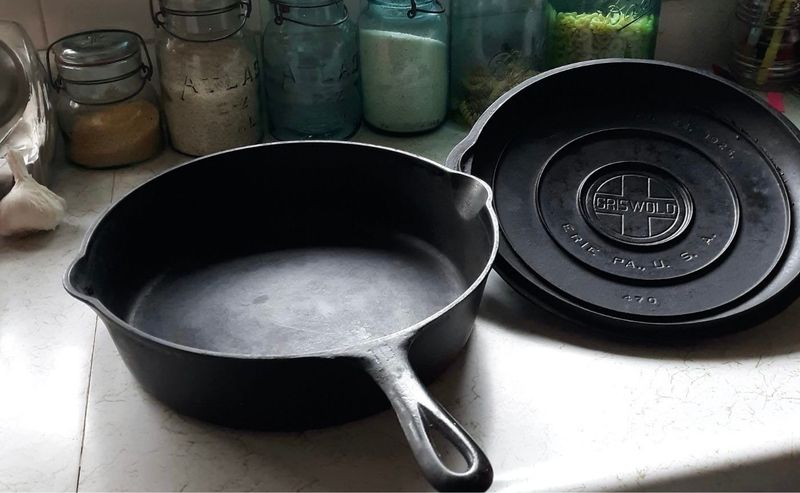
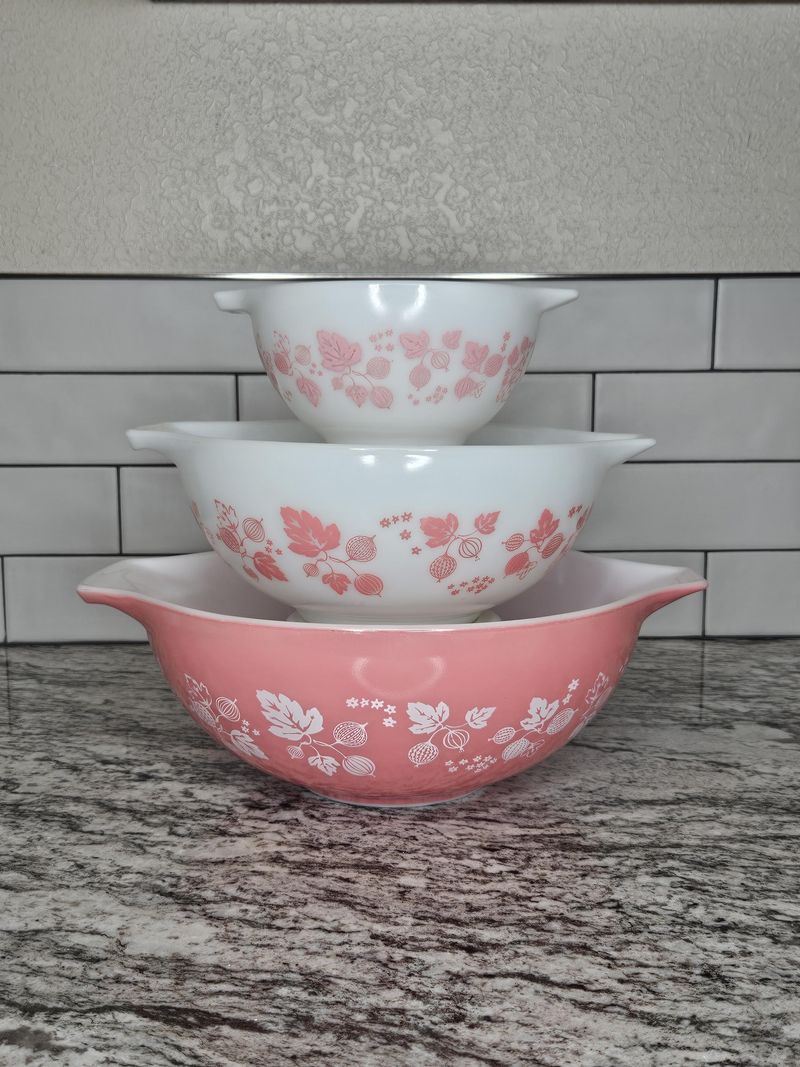
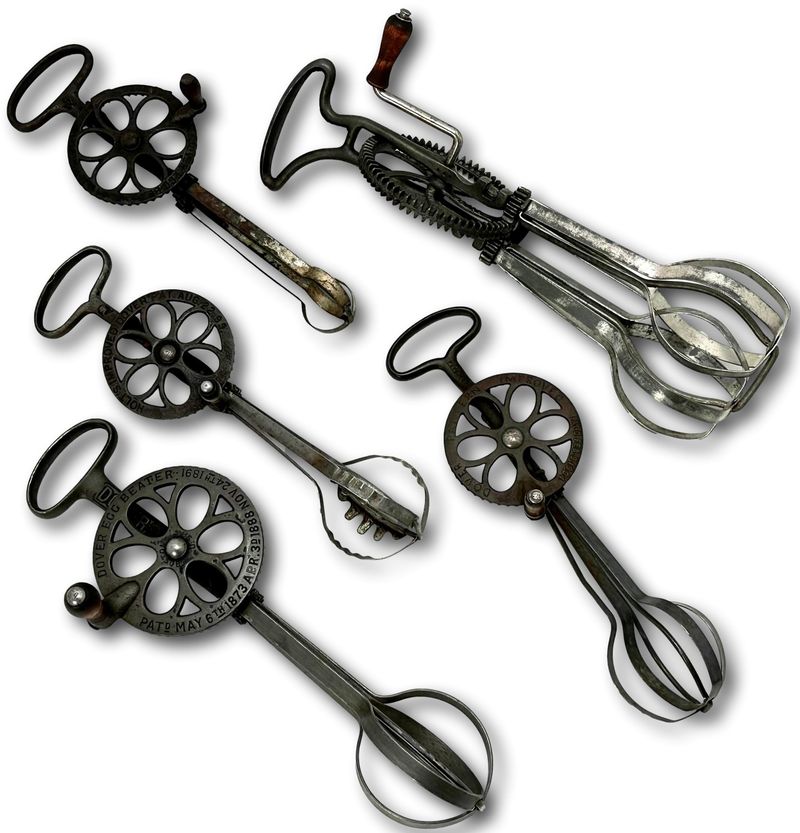
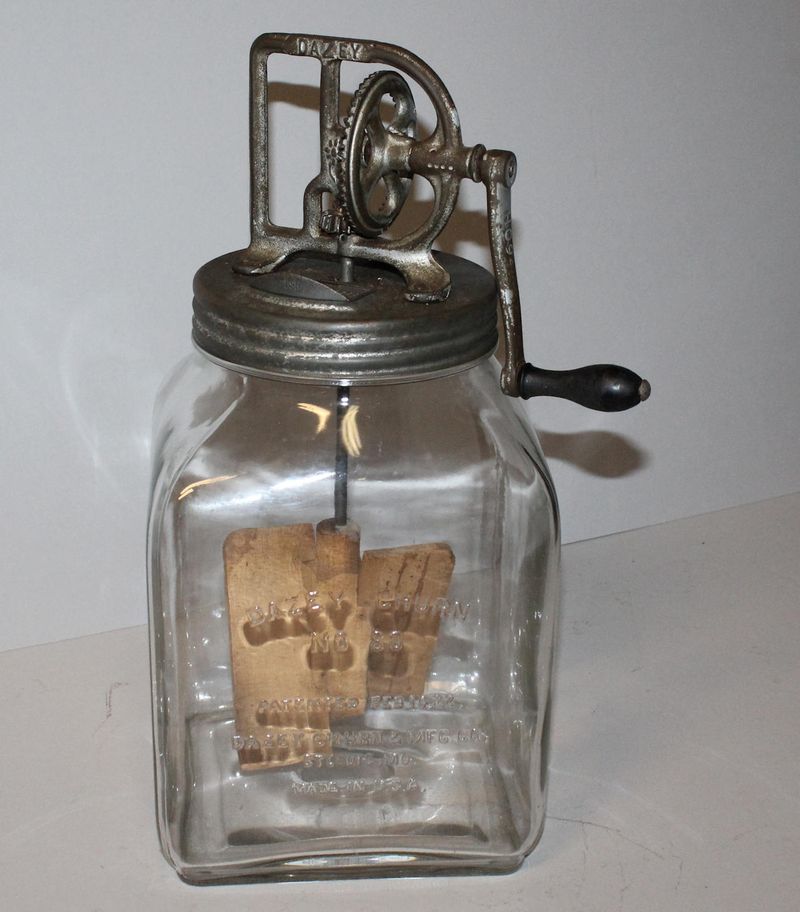
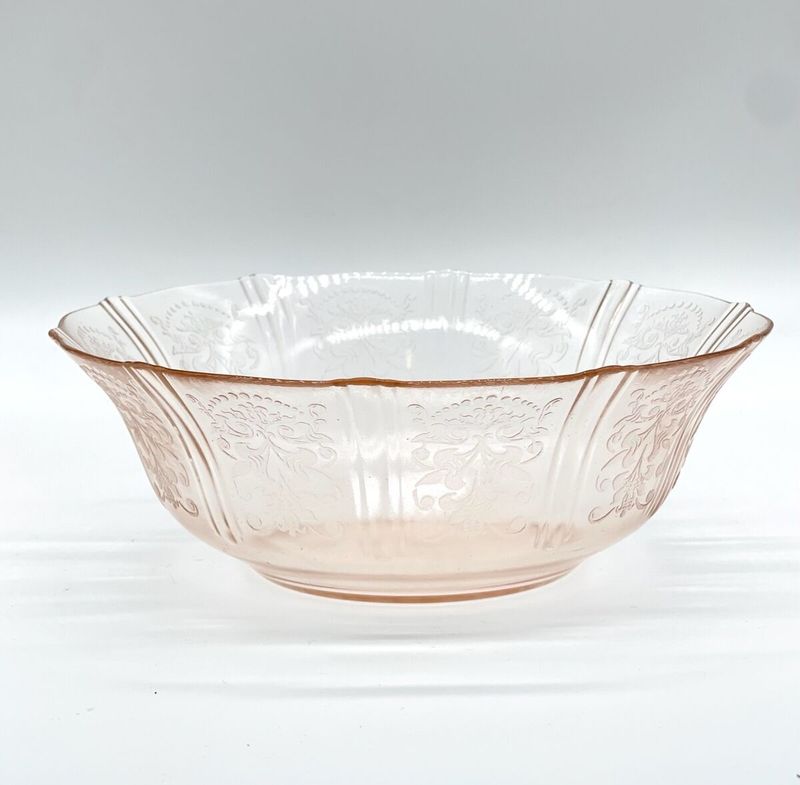
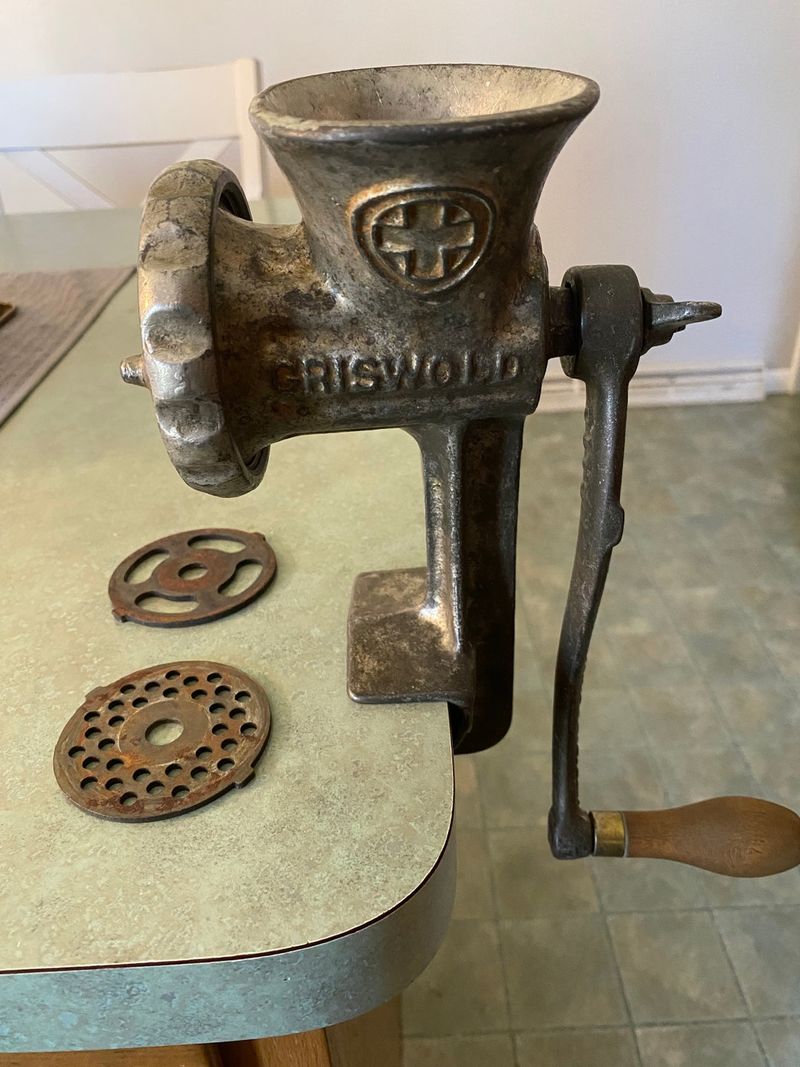
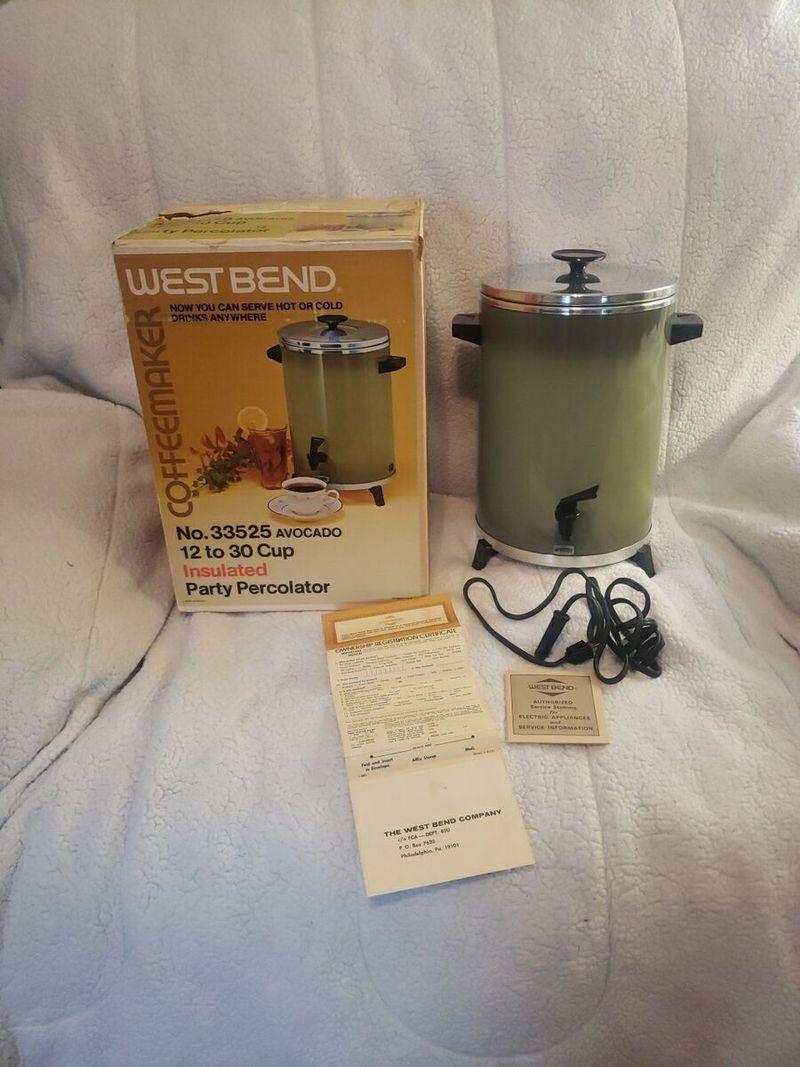
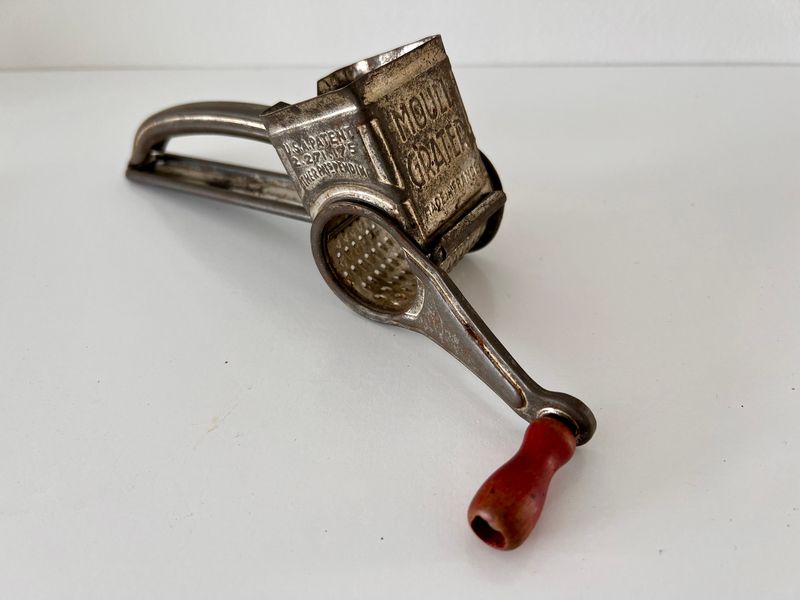
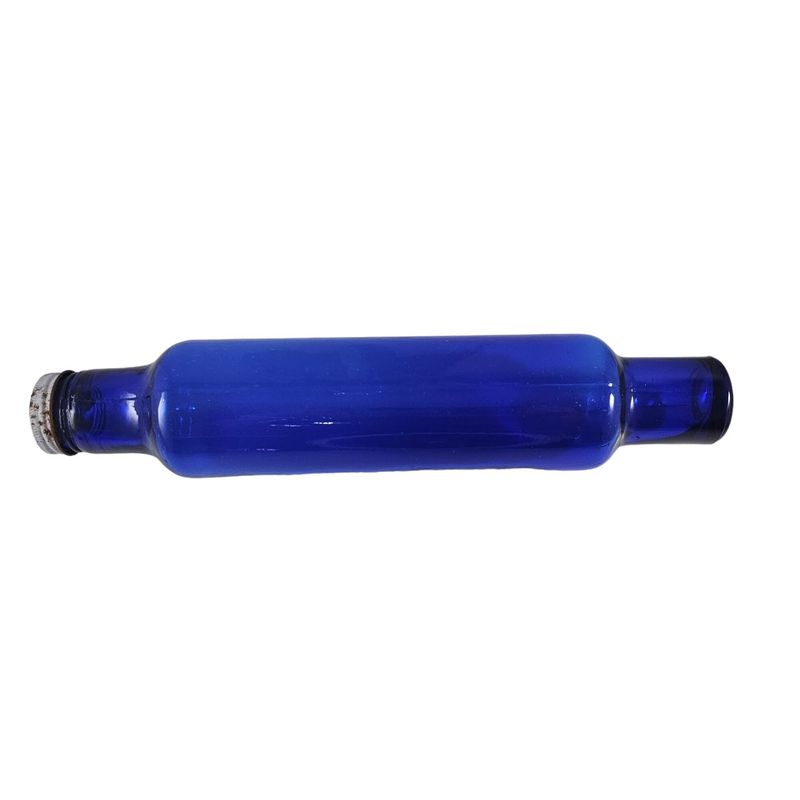
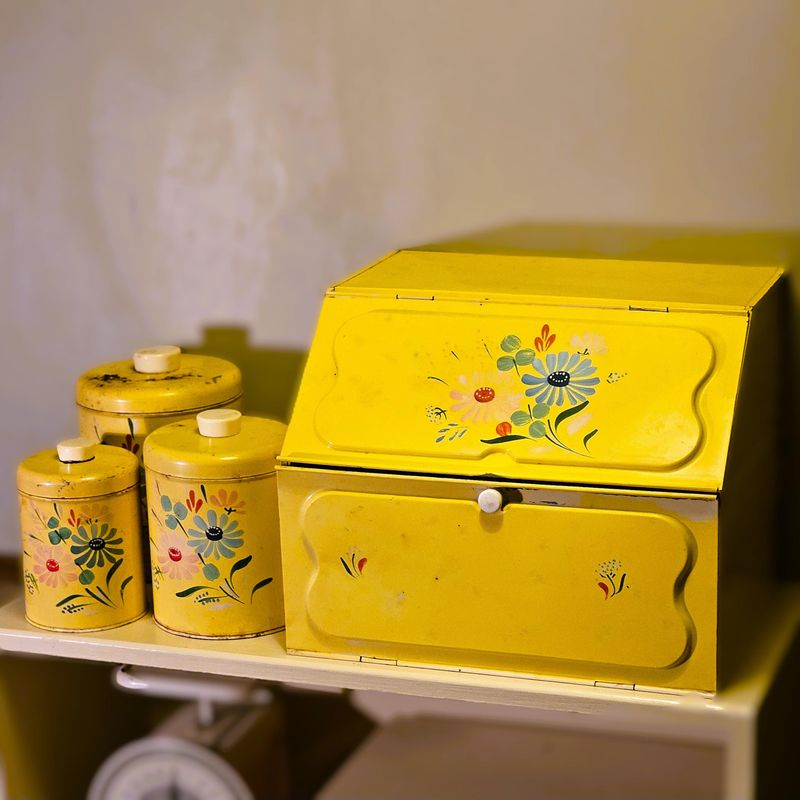
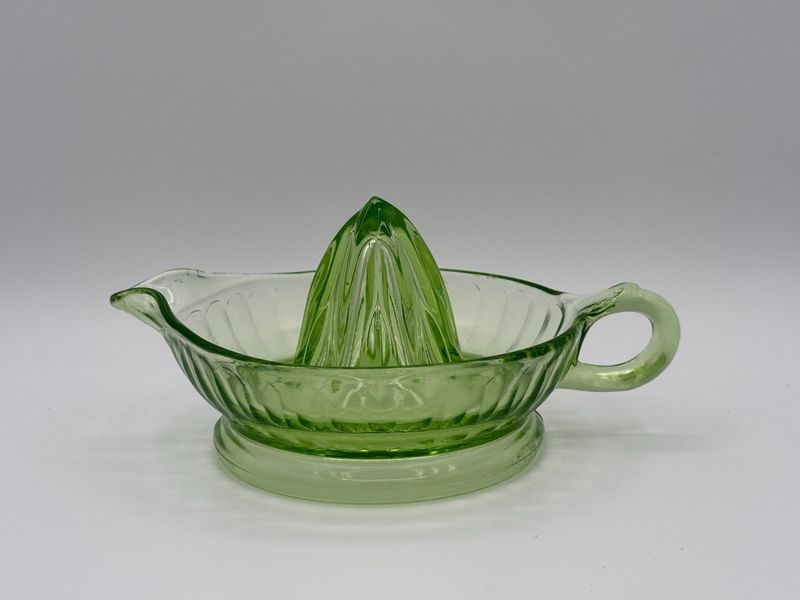
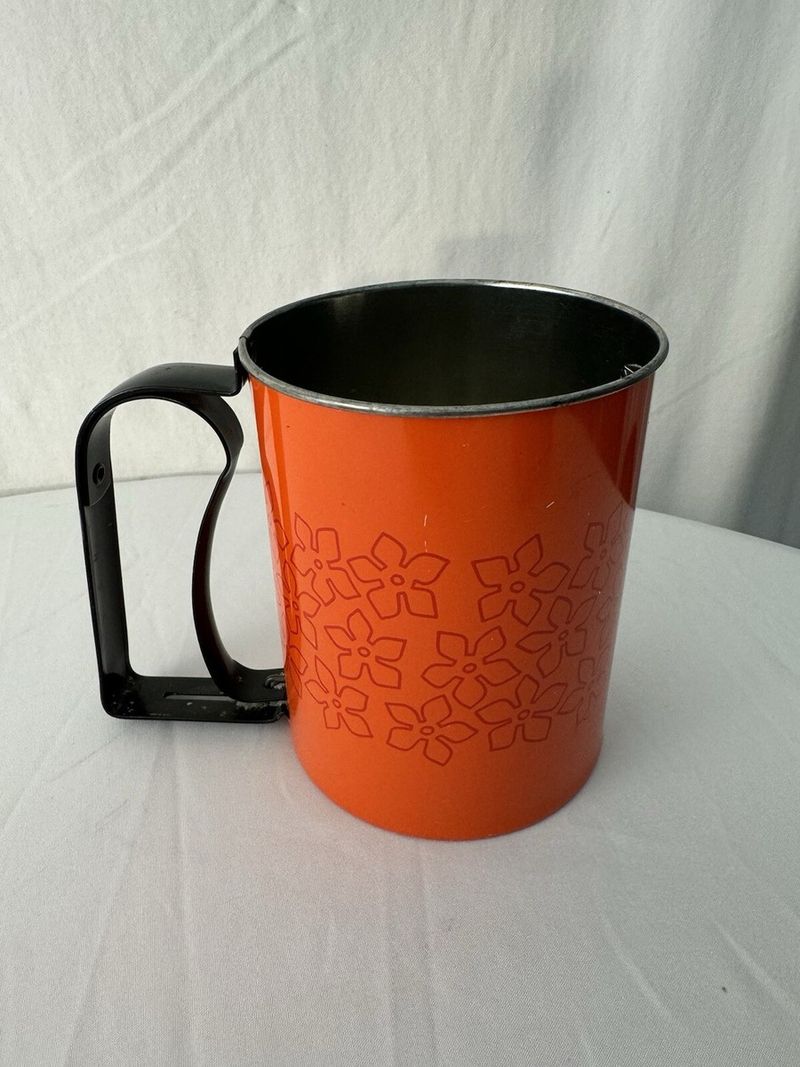
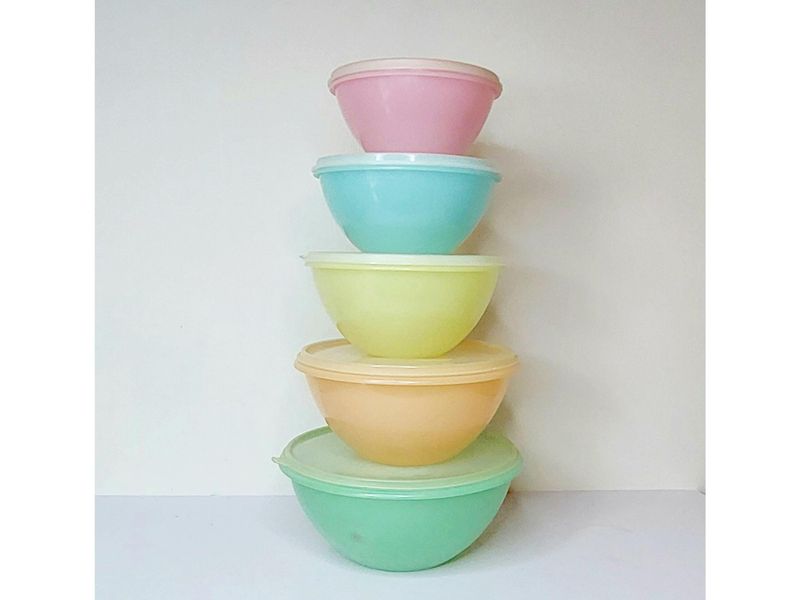
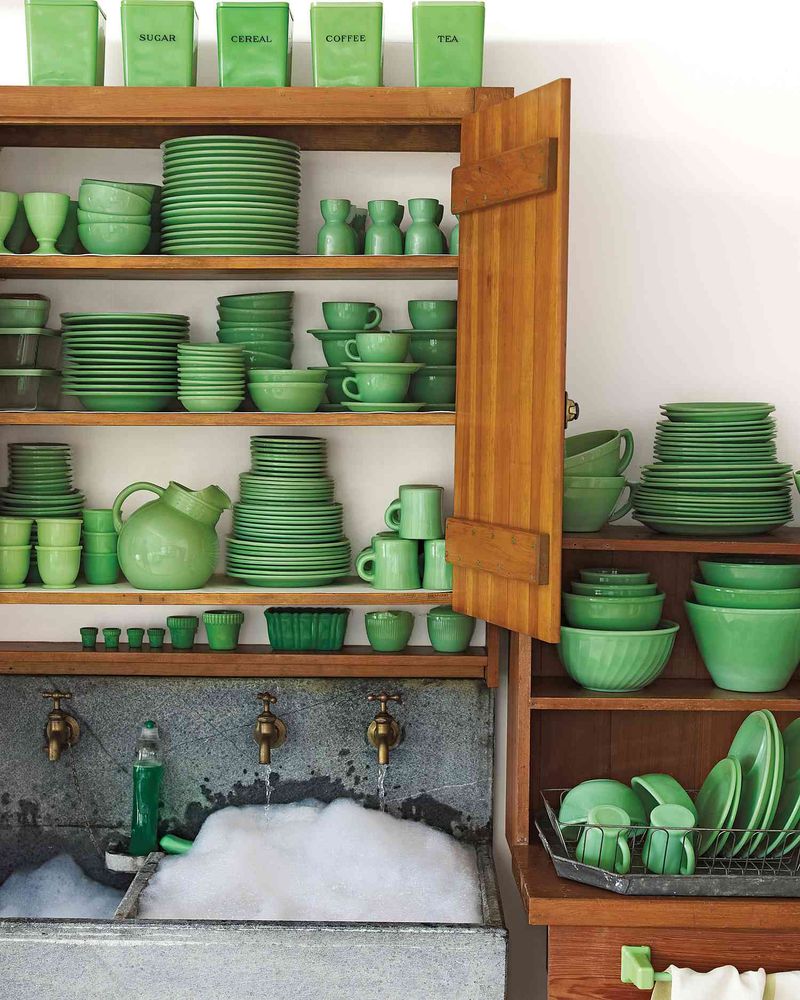
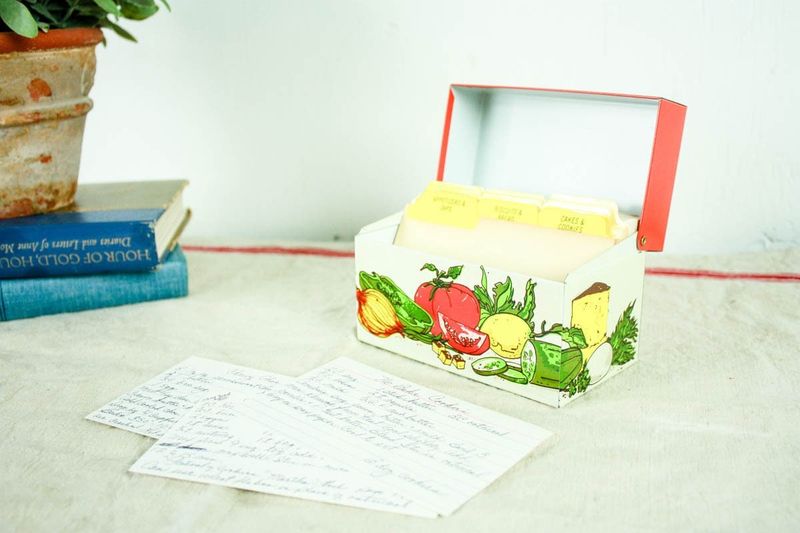
Leave a comment